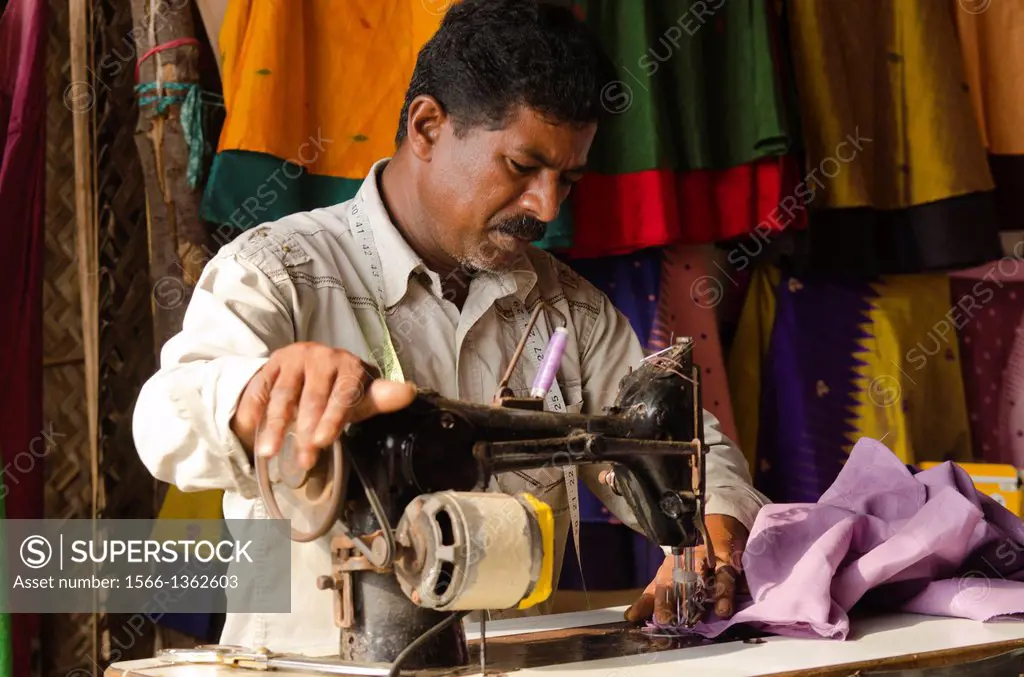Recognizing the Tailoring Refine: From Material Choice to Final Fitting for the Ideal Wardrobe
The tailoring process is an intricate interplay of art and scientific research, beginning with the essential choice of material selection and finishing in the precise changes of final fittings. Each material kind brings special qualities that affect not only the aesthetic allure however additionally the garment's durability and viability for various celebrations.
Importance of Material Option
Picking the best material is crucial in the tailoring process, as it straight affects the comfort, sturdiness, and total aesthetic of the final garment (tailor perth). The choice of textile establishes the foundation for the garment's style, performance, and performance. Different materials have one-of-a-kind buildings, such as breathability, weight, and stretch, which can considerably impact just how the garment drapes and fits the body
Moreover, fabric selection affects the garment's durability and simplicity of care. Premium materials can endure deterioration, maintaining their appearance and framework with time, while lower-quality products might result in pilling or fading. Furthermore, the best fabric contributes to the garment's capacity to shift across celebrations and periods, thus enhancing versatility.
A customized item made from a suitable fabric not just showcases workmanship however also boosts the user's confidence. Consequently, recognizing the nuances of fabric option is vital for any customizing venture. It ensures that the end product not just satisfies the aesthetic needs of the client yet also straightens with functional needs, thus attaining a harmonious equilibrium between kind and function in the customized closet.
Kinds of Fabrics and Their Uses
Recognizing the different kinds of fabrics readily available is important for making educated decisions throughout the customizing process. Each textile has one-of-a-kind characteristics that dictate its suitability for details garments and celebrations.
Its adaptability permits it to be customized into whatever from t shirts to dresses. Its natural elasticity assists garments preserve form over time.
Silk shows luxury and is lightweight, making it ideal for eveningwear and delicate blouses; nevertheless, it needs mindful handling as a result of its delicacy. Bed linen, with its distinctive coating, is a popular choice for warm climates, providing a crisp and airy feel, but it wrinkles easily, which may affect the garment's appearance.
Artificial textiles, such as polyester and nylon, deal resilience and resistance to wrinkles, making them suitable for everyday wear and energetic apparel. Understanding these fabric kinds and their residential properties permits much better decision-making, making sure that each tailored piece not just fits well yet additionally lines up with the designated purpose and occasion.
The Tailoring Strategies Clarified
The art of customizing depends on a variety of techniques that transform fabric into well-fitted garments. Central to this process is pattern composing, where a dressmaker develops themes based upon the client's measurements and preferred design. This initial step makes certain that the garment will certainly fit the wearer effectively prior to any type of reducing happens.
As soon as patterns are established, cutting strategies enter play. Accuracy is critical as inaccuracies can bring about misfitting garments. Tailors often use numerous cutting methods, such as single-layer reducing for elaborate designs and multiple-layer cutting for effectiveness on common patterns.
Basting is another vital method, enabling dressmakers to momentarily stitch material assemble for a preliminary installation. This method uses the chance to analyze the drape and total silhouette prior to last stitching.
Seaming strategies, including french seams and Discover More flat-felled joints, enhance the garment's durability and aesthetic appeal. Tailors likewise employ methods such as interfacing and padding to give framework and shape to particular locations, like shoulders and collars.
Last but not least, ending up techniques, consisting of hemming and edge finishing, make sure the garment's longevity while providing a polished appearance. With each other, these techniques create the foundation of effective customizing, leading to elegant, tailor-made garments.
Suitable Adjustments and Factors To Consider

Key factors to consider consist of the shoulder fit, which needs to neither droop nor limit motion, and the sleeve length, which should permit for comfy arm activity while maintaining a refined appearance. Additionally, modifications at the midsection can fine-tune the silhouette, with choices to let out or absorb material as needed.
The surge of pants is another crucial factor; it needs to sit comfortably over the hips without triggering discomfort, permitting for simplicity of activity. Hemming sizes for both pants and skirts must reflect the user's favored design while appreciating proportions.

Preserving Your Tailored Clothing
Constantly adhere to the treatment tag instructions, which may advise completely dry cleansing for delicate textiles or maker washing for even more resilient products. Avoid constant laundering, as this can use down the fabric and modify the garment's form.
Storage space is similarly crucial; use padded wall mounts for coats and jackets to preserve shoulder framework, and store trousers folded nicely or hung to avoid creasing. Safeguard garments from straight sunshine, which can fade colors and damage fibers.
Additionally, periodic inspections for minor fixings can protect against larger concerns. Check for loose buttons, fraying seams, or indicators of moth damage, attending to these issues immediately to keep the garment's stability.
Finally, consider seasonal turning. Using tailored items in small amounts permits textiles to recoup, extending their lifespan. By carrying out these maintenance techniques, you can make sure that your tailored garments remain as excellent as the day you first wore them, boosting your perfect wardrobe for many years to come.
Conclusion
The tailoring procedure, encompassing material choice, proficient strategies, and precise suitable modifications, plays a crucial duty in creating garments that improve both convenience and design. Comprehending the value of maintenance expands go to this website the life of click to investigate customized garments, strengthening their worth in a well-curated wardrobe.
Choosing the appropriate fabric is important in the tailoring procedure, as it directly influences the convenience, longevity, and overall visual of the last garment. The choice of material sets the foundation for the garment's functionality, style, and efficiency. Various fabrics have unique residential or commercial properties, such as stretch, breathability, and weight, which can significantly impact exactly how the garment drapes and fits the body.
The art of customizing counts on a range of techniques that transform textile right into well-fitted garments.The tailoring process, encompassing fabric selection, skilled techniques, and precise fitting changes, plays an essential role in developing garments that enhance both comfort and design.